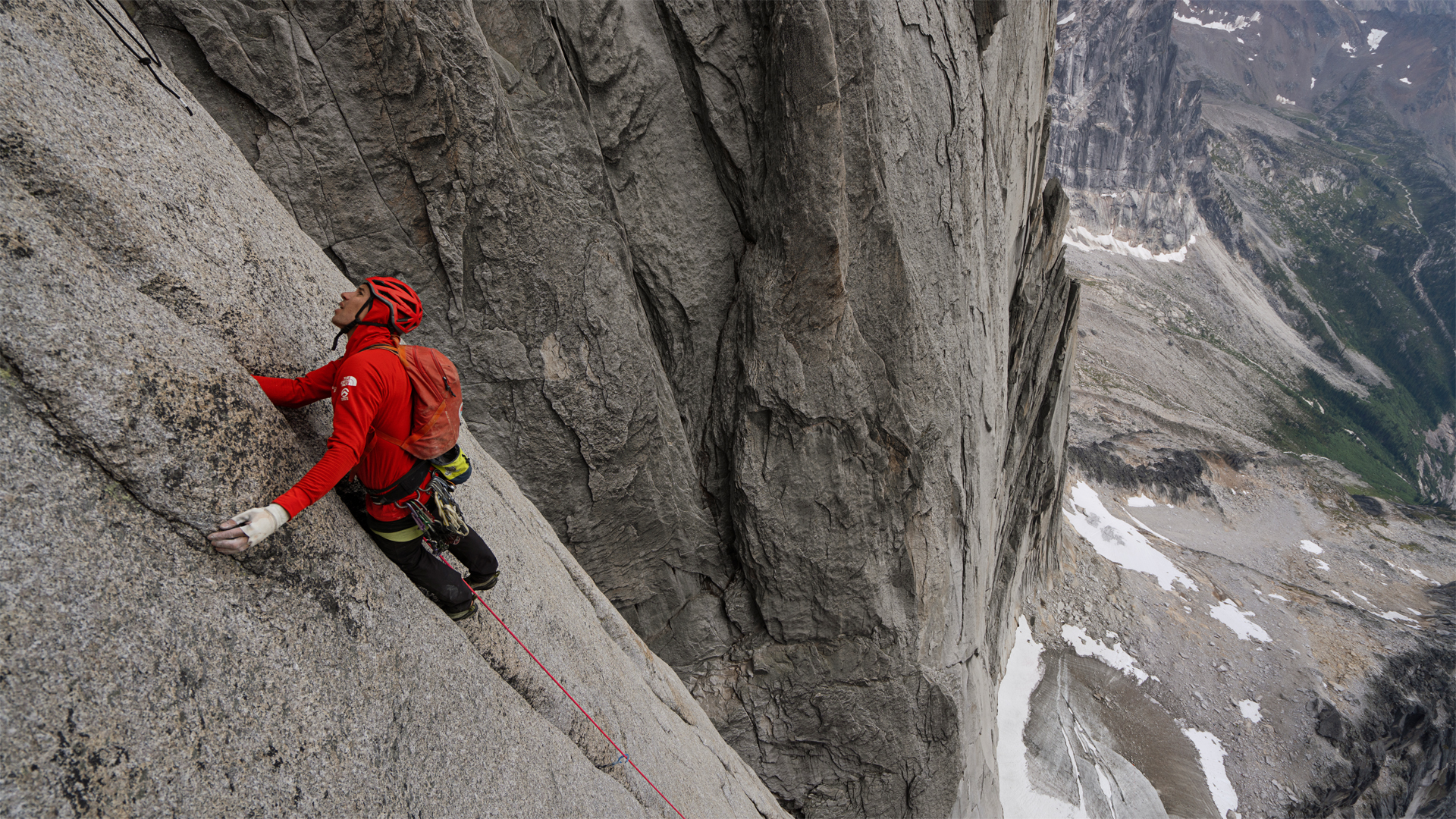12 things I wish I’d known before I went snowshoeing
Our writer Fiona Russell reveals some of the things she discovered when she strapped on snowshoes for the first time
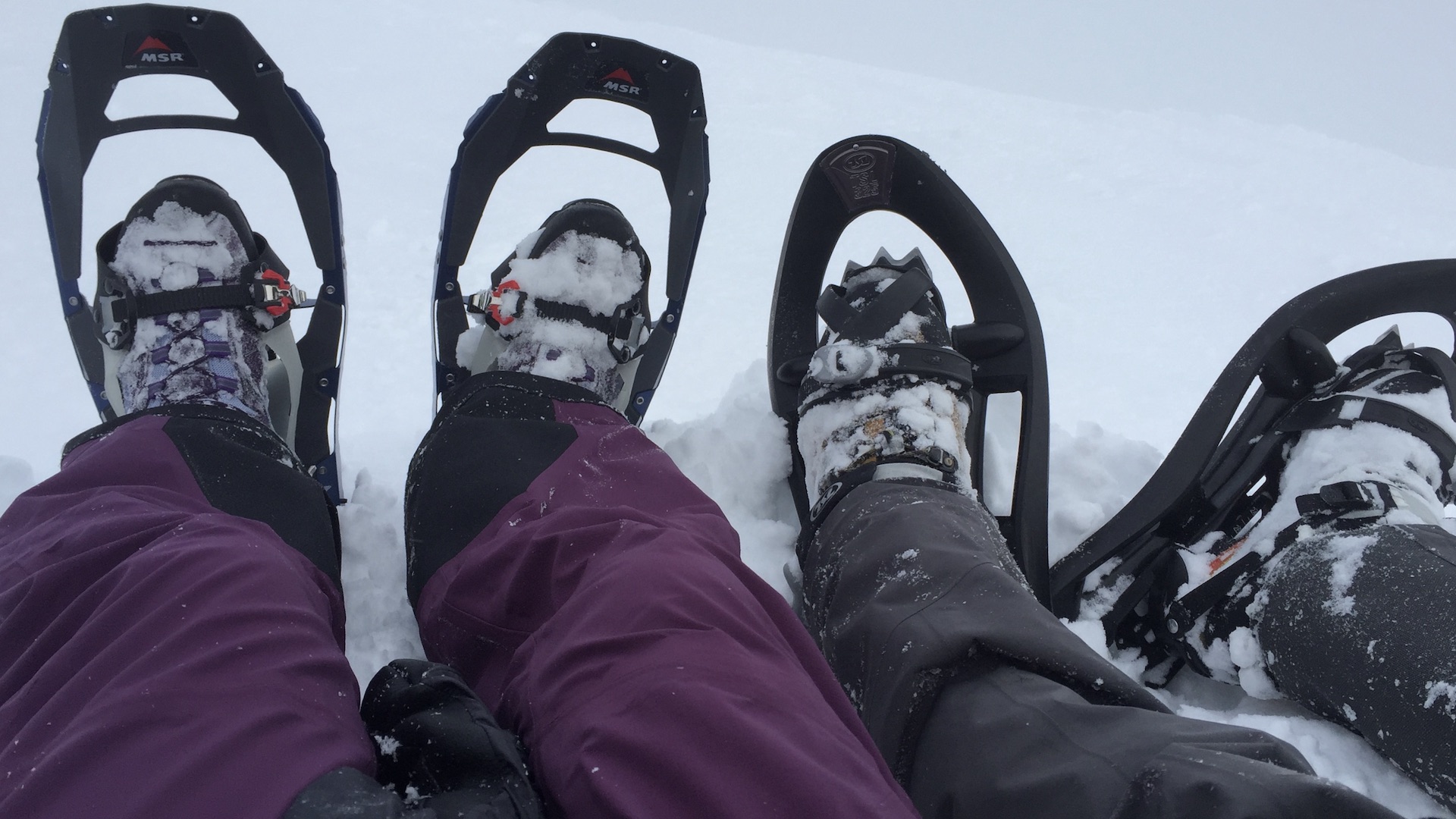
Snowshoeing is a great way to explore the hills and mountains when the landscape is blanketed in a layer of snow. It’s a pursuit that sits between hiking and skiing and allows outdoors fans to stay active in the winter.
While snowshoeing looks straightforward enough, when you first get started there are few things that are helpful to know.
Here’s what I wished I had known before I went snowshoeing.
1. You need the right snowshoes
When looking for the best snowshoes it’s important to know that there are multiple types, and while they all have the same aim to allow you to walk on snow, they should be chosen carefully.
I was fortunate to have a pair of lightweight MSR snowshoes but when my partner wanted to try my snowshoes because he felt his were too heavy, it turned out they were not the right size for him.
You see, snowshoes should be chosen according to your overall weight and also your shoe size. My MSR snowshoes are actually for women and while they were ideal for my size and weight, they were not great for my partner and did not provide enough float.
- How to choose snowshoes: Everything you need to know
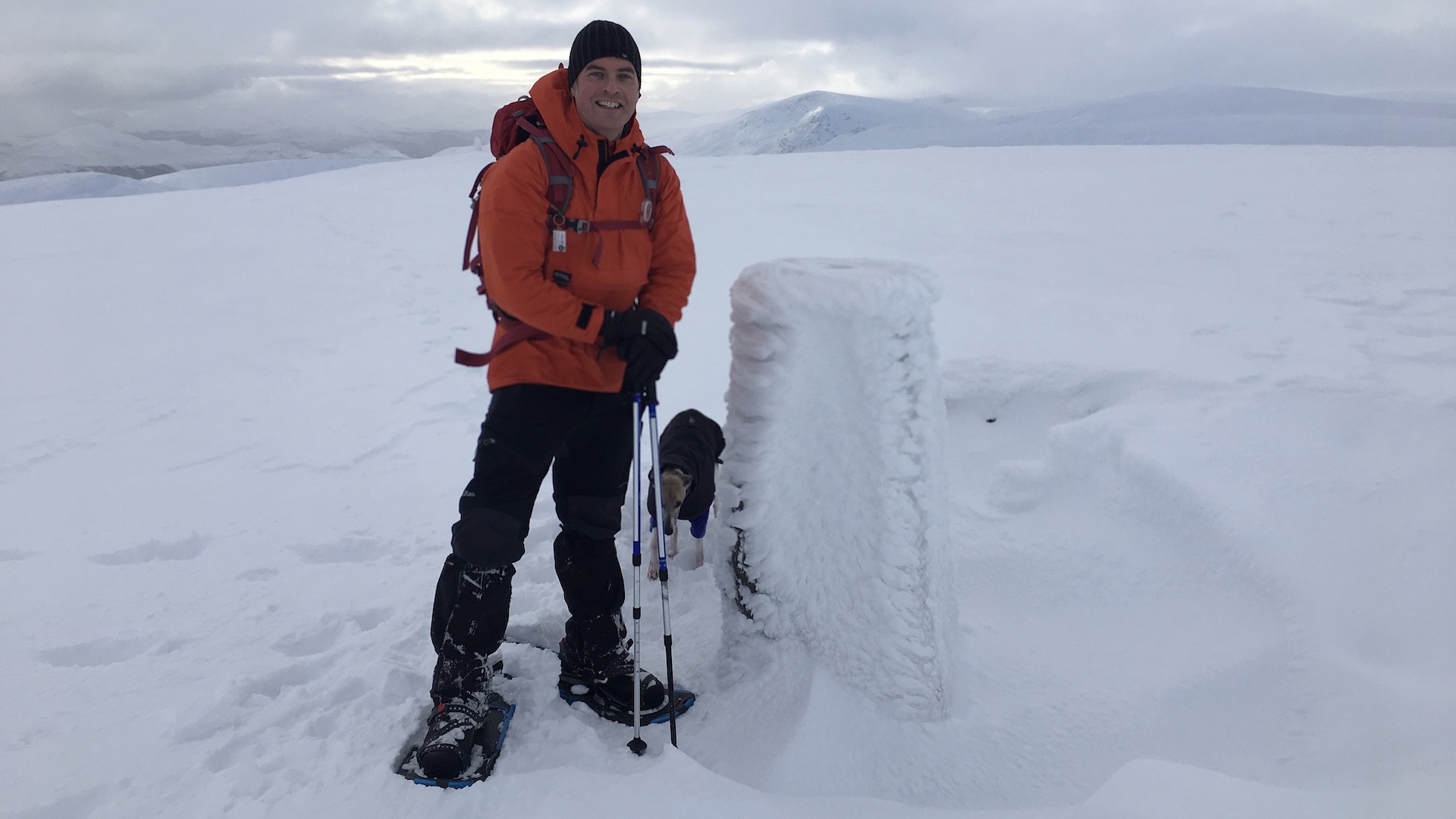
2. Float is a technical term worth knowing
Float is what stops you from sinking into the snow. You want the snowshoes to have a large enough surface area to keep you “floating” on the surface of the snow but not so large and heavy that they make walking hard work.
Advnture Newsletter
All the latest inspiration, tips and guides to help you plan your next Advnture!
I found that my snowshoes, made for my weight, provided the right float but they were not suited to my partner. There are some snowshoes, as I discovered later, that can be adjusted to provide a different float according to the conditions and the weight of the user.
3. Check your shoe size
I have large feet. They are the same size as an average man’s foot so I had to set up the women’s snowshoes to the largest shoe size. They just fit my boots and no more. Before investing in a pair of snowshoes, it's important to check they are going to fit your boots.
You want the straps to fit around your boots and keep your footwear snug; not loose nor too tight.
4. Wear boots not shoes
When I first got the snowshoes I took them for a walk on local trails. I thought they would work perfectly well if I wore my trail running shoes. This was a very bad idea indeed. My feet ended up wet from melted snow and also cold due to the wet.
Ideally, you want to wear winter hiking boots with snowshoes because while you will be walking on top of the snow, you will inevitably still end up with a lot of snow and wet on top of the snowshoes and your boots.
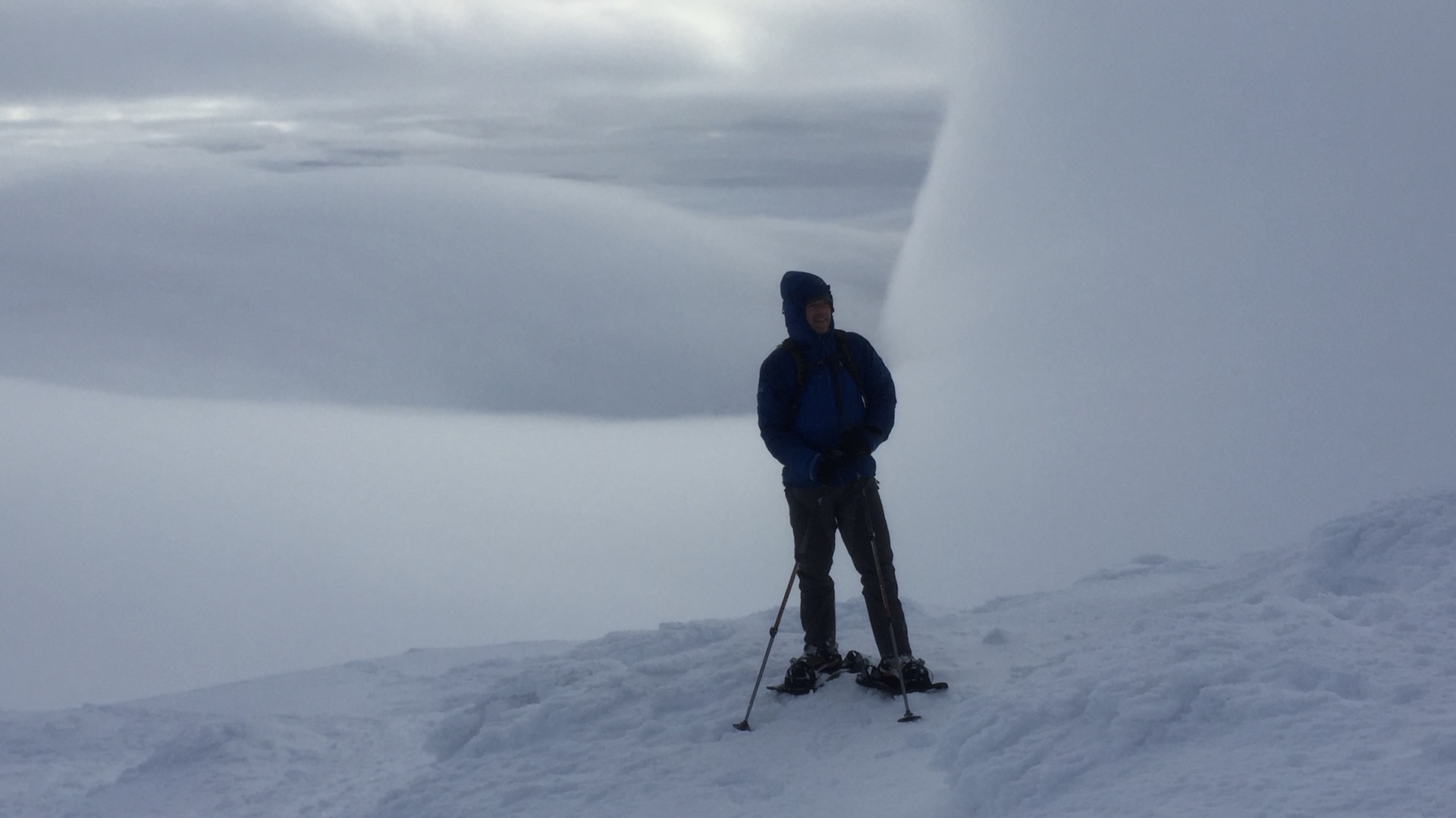
5. Add gaiters
I wished I’d thought to add hiking gaiters to my shins and ankles when snowshoeing. Even when wearing winter hiking boots, I still ended up with snow inside my boots, while gaiters would have added better protection.
6. Snowshoes are spiky
I was quite taken aback by how sharp the base of the snowshoes are. The edges are serrated for traction and they should be touched with caution.
You should be careful when packing and carrying the snowshoes in case you catch your skin with the base.
7. I ripped my over-pants
Not only did I realise I should have worn gaiters for snowshoeing but I also found the snowshoes snagged the hems of my waterproof over-pants. I found I needed to walk with my feet spaced a bit further apart than normal to stop the base catching on the pants. This annoying and quite costly as I had to repair the hem of my pants.
8. Snowshoeing is actually quite hard work
In my mind, before going snowshoeing, I pictured myself easily walking on the snow’s surface. It is certainly easier to walk on deep snow in snowshoes when compared to hiking but snowshoeing is still quite hard work.
Yes, the snowshoes provide flotation, but with each step I found I still sunk into the snow a bit. If you are at the front of a group, or on your own, you will need to break the trail and if the snow is light and fluffy it can be hard work.
With each step, you need to lift your leg up higher than you would if walking on a snow-free trail and I found my calves, thighs muscles and hip flexors became quite fatigued.
The snowshoes add weight to your legs as well. Some snowshoes are lighter than others but even so, it’s an extra item of kit that your body needs to move over the ground.
Snowshoeing is aided by the use of cross country ski poles, or similar, but these also require your body to be more physical than simply walking. The poles help with balance and momentum and that means you need to use upper body muscles.
If you were to try to walk in deep snow without snowshoes this would also prove very hard work but snowshoeing is also a fairly physical activity.
- Running in snowshoes: Is it possible? And how do you do it?

9. You'll get a bit sweaty
While snowshoeing takes place in winter, and temperatures can be low, you will still end up working up a sweat because it can be physically demanding. If you plan to walk up hills and mountains and tackle a range of terrain, you will quickly get warm and I found I ended up sweaty. In fact, I was surprised by how much I sweated even on a very chilly day.
But then, when I stopped to enjoy a view or for a bite to eat, my body temperature dropped quickly. Sweat can make your base layers damp and that always leaves me cold.
So, it’s a good idea to make sure you have all the right kit for snowshoeing. The best plan is for a combination of winter hiking and skiing gear.
10. Snowshoes work well on ice
I was surprised by how good the traction of snowshoes is on icy hills. I knew the snowshoes would hold well in snow, but not on ice.
It felt like I had four-wheel drive on most of the snowy terrain, whether it was powder snow or ice.
11. Be prepared to carry your snowshoes
I discovered that snowshoes are best suited to terrain covered in a thick layer of snow. Where the snow is thin or there are rocks and grass, it’s better to remove the snowshoes and carry them.
The best way to carry snowshoes is on the outside of a backpack, so you should make sure your backpack has a way to tie on the snowshoes.
12. Build it up
If snowshoeing is a new activity you should build up your distance and aspirations carefully. Setting out for a long hike when you are not physically ready will leave your exhausted. I was surprised by just how tiring it is to walk in snowshoes.
It's better to enjoy a shorter and sweeter snowshoeing adventure than to set out to do far more than your body is used to.
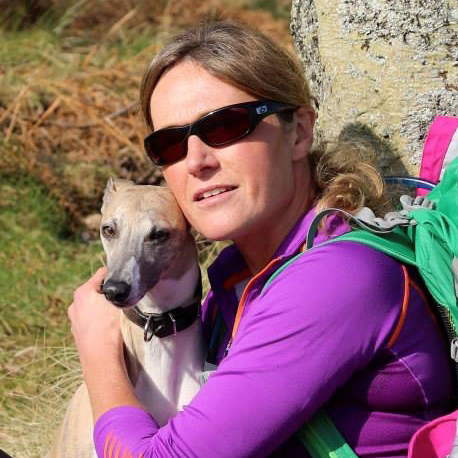
Fiona Russell is a widely published adventure journalist and blogger, better known as Fiona Outdoors. She is based in Scotland and is an all-round outdoors enthusiast with favorite activities including trail running, mountain walking, mountain biking, road cycling, triathlon and skiing (both downhill and backcountry). Aside from her own adventures, Fiona's biggest aim is to inspire others to enjoy getting outside and exploring, especially through her writing. She is also rarely seen without a running skort! Find out more at Fiona Outdoors.
